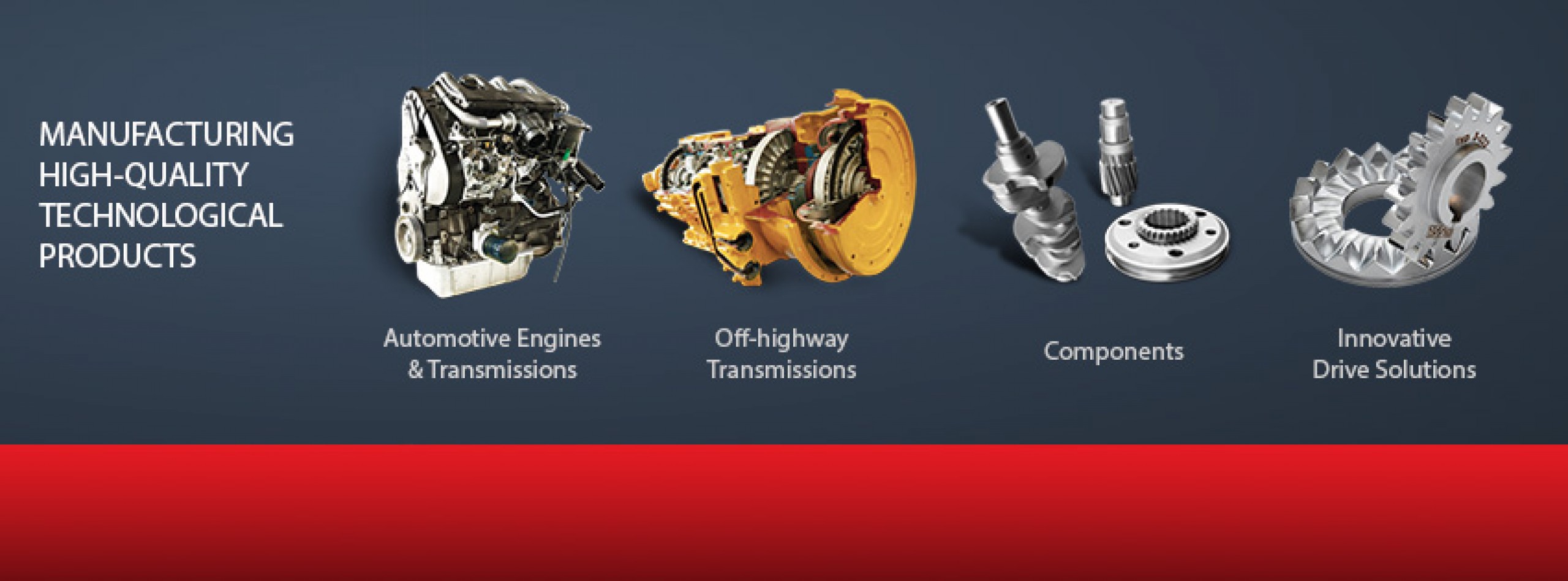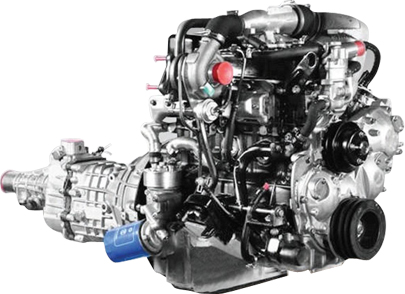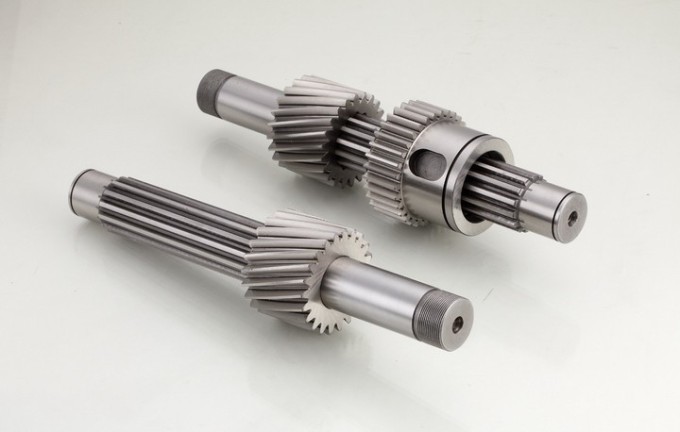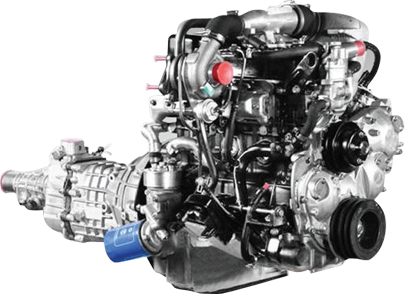While India may not be a developed industrial nation, the Auto parts manufacturers in India have progressed a great deal. When car manufacturing began in India for the common man, a new age was launched. Millions of citizens who once owned scooters and motorcycles can afford to buy small cars nowadays. MNCs have now set up manufacturing and assembly plants for automobiles all over India in states like Gujarat and Karnataka, and the future looks very bright. Three wheeler for transport services, buses, and metro trains - all of them require hundreds of components in huge quantity.

The parent company cannot manufacture all the little parts. Small sister companies spread out in industrial estates all over India are entrusted with the task. Both the vehicles and the components are not only sold in India but across the world in dozens of countries.
Just like in China, the lower materials and labor costs in India make the manufacture of auto components very much profitable. The cost would be a fraction compared to the expenses involved in developed European countries or America. The quality is first rate because of highly developed research facilities, design, and performance.
The turnover of the Auto components manufacturers in India is expected to reach US$115 billion by FY2021. In FY2016, auto parts exports reached US$10.8 billion. The Indian auto parts industry employs 19 million workers and creates 7% of the nation’s GDP. Stable governments have helped and the growing purchasing power in domestic markets. Infrastructure has developed according to increasing needs and globalization has resulted in smarter work.

The Foreign Direct Investment in the Indian automobile industry between April 2000 and September 2016 amounted to US$ 15.80 billion. The Indian government’s Automotive Mission Plan 2006-2016 resulted in tremendous growth. The AMP 2016-20126 hopes to create 50 million jobs. By 2025, the industry would become the third largest in the world.

The parent company cannot manufacture all the little parts. Small sister companies spread out in industrial estates all over India are entrusted with the task. Both the vehicles and the components are not only sold in India but across the world in dozens of countries.
Just like in China, the lower materials and labor costs in India make the manufacture of auto components very much profitable. The cost would be a fraction compared to the expenses involved in developed European countries or America. The quality is first rate because of highly developed research facilities, design, and performance.
The turnover of the Auto components manufacturers in India is expected to reach US$115 billion by FY2021. In FY2016, auto parts exports reached US$10.8 billion. The Indian auto parts industry employs 19 million workers and creates 7% of the nation’s GDP. Stable governments have helped and the growing purchasing power in domestic markets. Infrastructure has developed according to increasing needs and globalization has resulted in smarter work.

The Foreign Direct Investment in the Indian automobile industry between April 2000 and September 2016 amounted to US$ 15.80 billion. The Indian government’s Automotive Mission Plan 2006-2016 resulted in tremendous growth. The AMP 2016-20126 hopes to create 50 million jobs. By 2025, the industry would become the third largest in the world.



